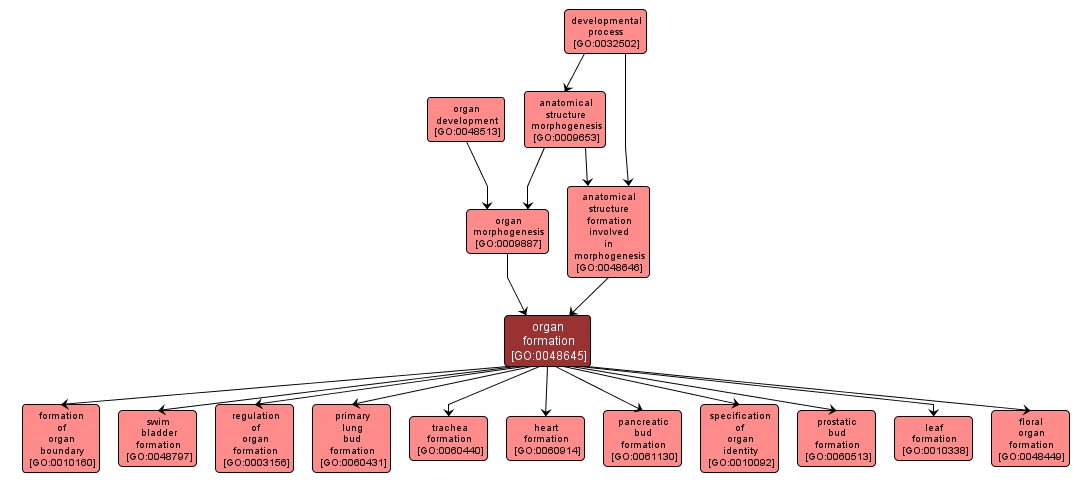| Desc: |
The process pertaining to the initial formation of an organ from unspecified parts. The process begins with the specific processes that contribute to the appearance of the discrete structure, such as inductive events, and ends when the structural rudiment of the organ is recognizable, such as a condensation of mesenchymal cells into the organ rudiment. Organs are a natural part or structure in an animal or a plant, capable of performing some special action (termed its function), which is essential to the life or well-being of the whole. The heart and lungs are organs of animals, and the petal and leaf are organs of plants. In animals the organs are generally made up of several tissues, one of which usually predominates, and determines the principal function of the organ. |














